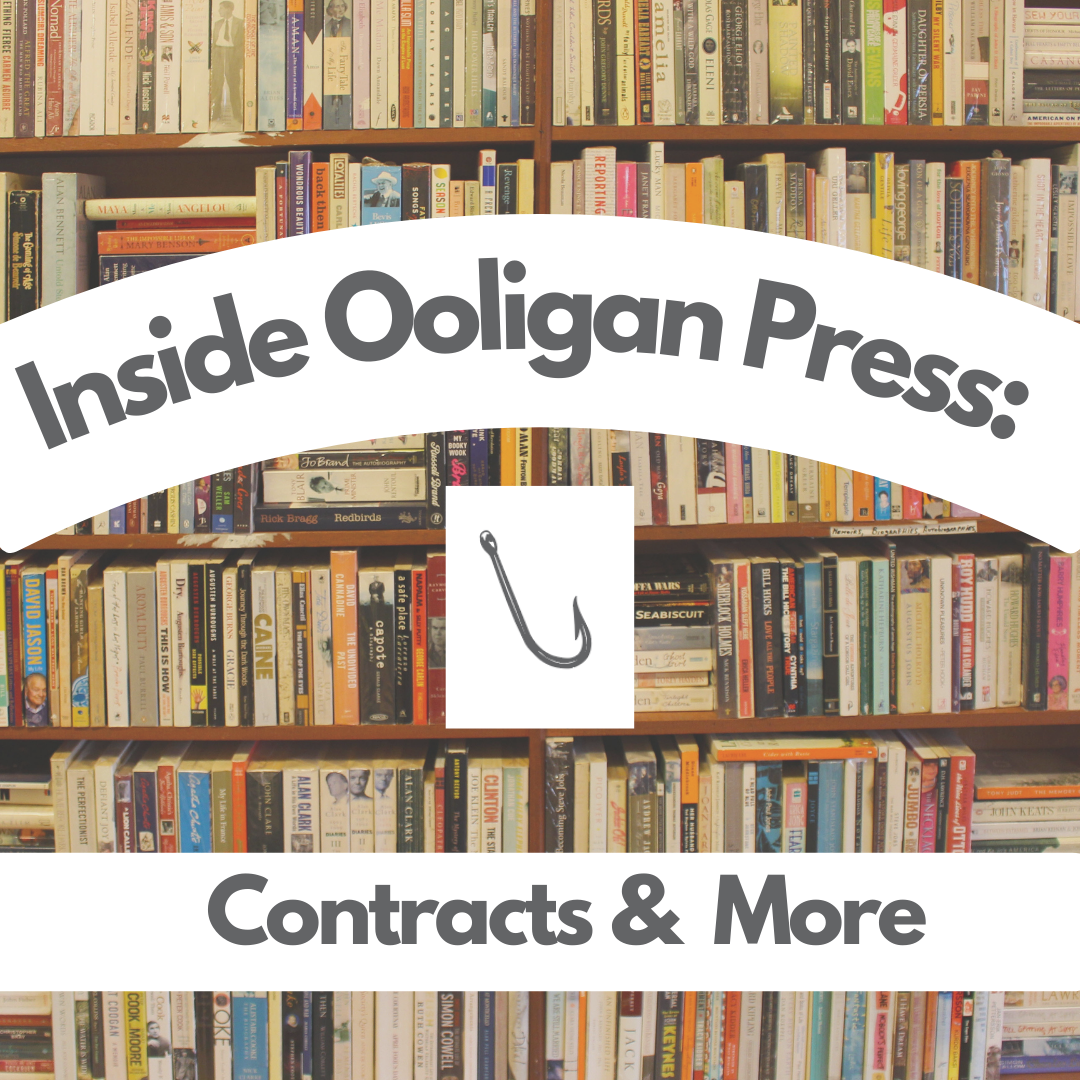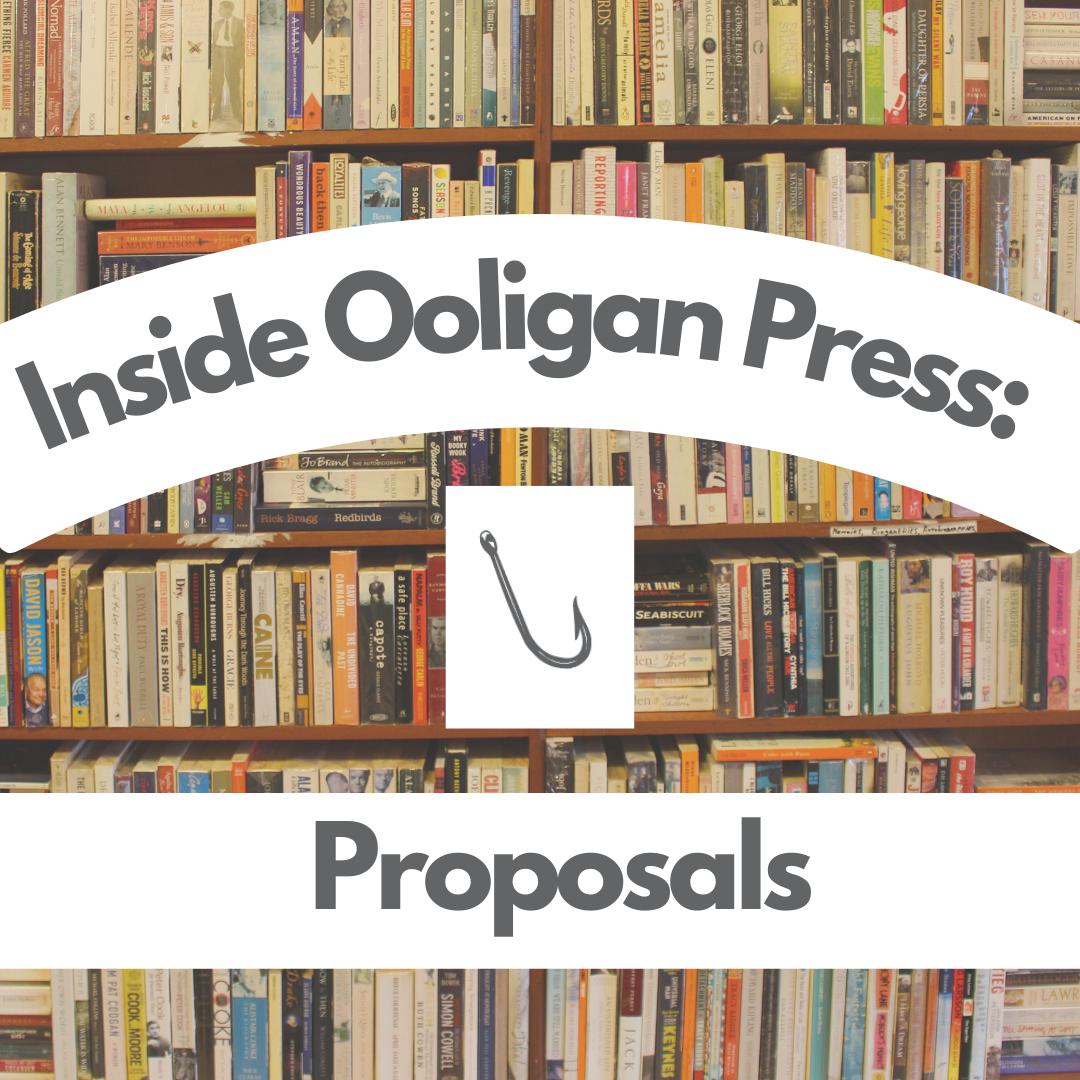Inside Ooligan Press: Your Manuscript is Accepted! Now What?
So, you wrote a killer query letter and submitted a proper proposal. You won over Acquisitions and we pitched your project to the press successfully, then we offered to publish your book: now what? For the sake of transparency and in an effort to demystify this crazy little thing called publishing, I humbly offer you an inside look at what you can expect when working with Ooligan Press.


